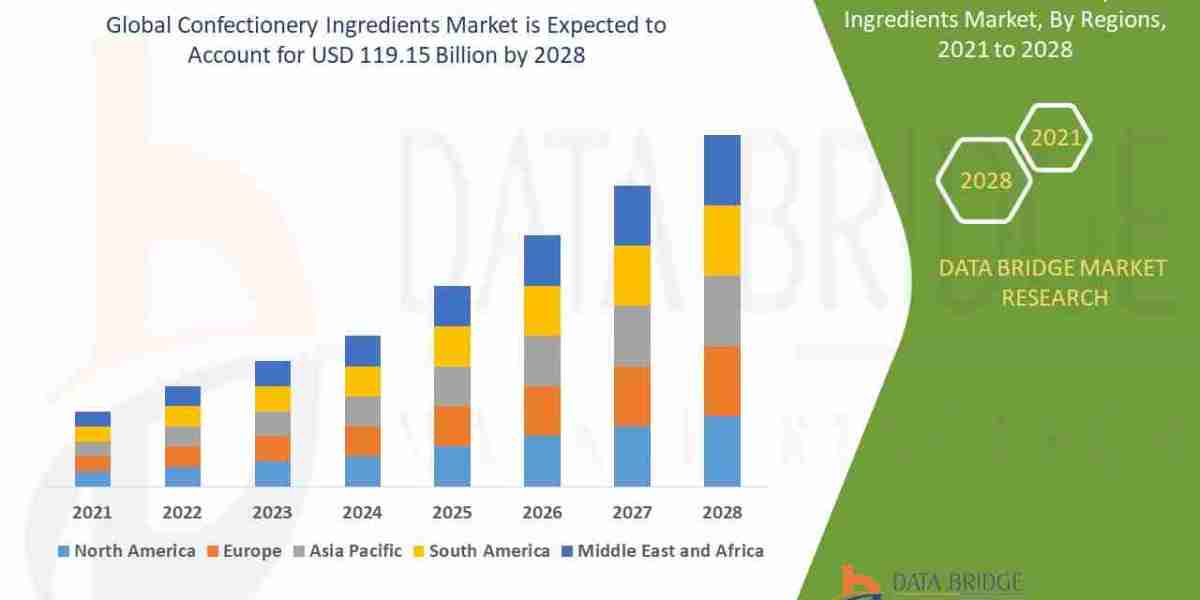Securing accurate measurements for a building project might seem straightforward. But when quotes are rushed or misunderstood, errors can ripple through an entire development cycle—costing both time and money.
This is where clients must pay closer attention to what’s being quoted. Missteps at the quote stage of Building Measurement Services can delay permits, impact usable space calculations, or introduce compliance risks that could have been avoided.
Vague Scope Requests Lead to Misaligned Deliverables
When clients simply request “building measurements” without context, it leaves far too much room for misinterpretation. Measurement types vary—gross floor area, rentable space, usable area—and each relies on different industry standards like BOMA, RICS, or IPMS. If you don’t specify which one you need, vendors may apply their default.
This often leads to quotes that seem reasonable, but result in deliverables that don’t align with your planning, leasing, or permitting goals. Providing a sample layout, defining what spaces to include, and stating the preferred measurement methodology helps vendors quote appropriately—and deliver exactly what you expect.
Site Access Details Are Often Overlooked
Not every vendor will be familiar with your property’s specific access needs. Measurement teams must account for logistics such as security clearance, elevator restrictions, limited access hours, or sensitive facility protocols. Yet many quotes are based on assumptions about ease of access.
If access conditions require extra coordination, your quote should reflect it. Otherwise, teams arrive on-site unprepared, or additional fees surface mid-project. Sharing building access limitations, occupancy schedules, or special entry points up front will improve cost accuracy and planning timelines.
Comparing Quotes Without Understanding the Deliverables
Some quotes include nothing more than a PDF drawing. Others come bundled with CAD files, Revit models, point clouds, and even digital twins. But if you’re not clear on what you’re receiving—or whether it's compatible with your architect’s tools—you risk paying for a service that’s incomplete.
Ask vendors what specific formats are included. Are files editable? Will they include plans, sections, and elevations? Are annotations and layer standards aligned with your systems? A low quote with minimal output can cost more later if your team has to recreate everything from scratch.
Timeline Assumptions Can Derail Project Schedules
Speed matters in fast-moving projects, yet clients often assume vendors can mobilize quickly or deliver data immediately after scanning. Many don't ask about the vendor’s current backlog, fieldwork schedule, or post-processing turnaround—resulting in misalignment between quote and reality.
Ask for detailed scheduling commitments. How soon can the team begin scanning? When will drafts and finals be delivered? Will any revisions be included, and how fast can they be turned around? Setting timing expectations during quoting avoids friction when deadlines tighten.
Price-Only Decisions Often Ignore Quality Risks
It’s tempting to choose the lowest quote—especially when budget pressure is high. But lower-cost providers may use outdated equipment, apply loose accuracy tolerances, or provide deliverables that don’t meet your technical requirements.
Instead of evaluating quotes solely by price, look at the total value. Consider their experience with similar property types, scanning technology, staff certifications, insurance coverage, and prior project outcomes. What seems like a “savings” can become a liability if measurements turn out incomplete or incompatible with your architects’ workflows.
What to Ask When Reviewing a Measurement Services Quote
When reviewing options, use these guiding questions to ensure you’re comparing the right variables:
Is the scope fully defined? The quote should match your exact space requirements and clearly state the measurement methodology.
Are deliverables usable? Confirm which formats you’ll receive and whether your design team can edit or repurpose the files.
Has the site been assessed? Quotes should account for building access, working hours, and safety constraints—not assume ideal conditions.
Can the timeline be met? Look for detailed start dates, processing durations, and clear milestones.
Is quality built in? Don’t assume all services deliver the same accuracy or detail—ask how precision is ensured and what tech is used.
Taking a few extra minutes to ask these questions saves hours of confusion and thousands in downstream costs.
Conclusion
Getting the quote right at the beginning sets the tone for the rest of the project. Overlooking key details during the quoting phase of measurement work often leads to expensive backtracking later—especially when space calculations impact leasing, fire code compliance, or architectural design.
That’s why experienced teams, including top-tier architecture firms san diego ca, prioritize thorough, scope-aligned, and well-documented quotes from measurement partners they trust. When the quoting process is done right, it results in smoother workflows, stronger coordination, and outcomes that deliver real value across every phase of development.













